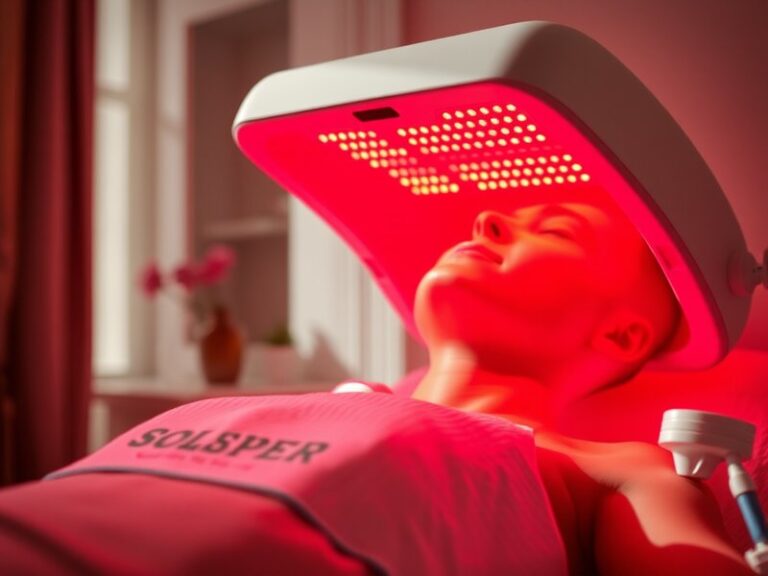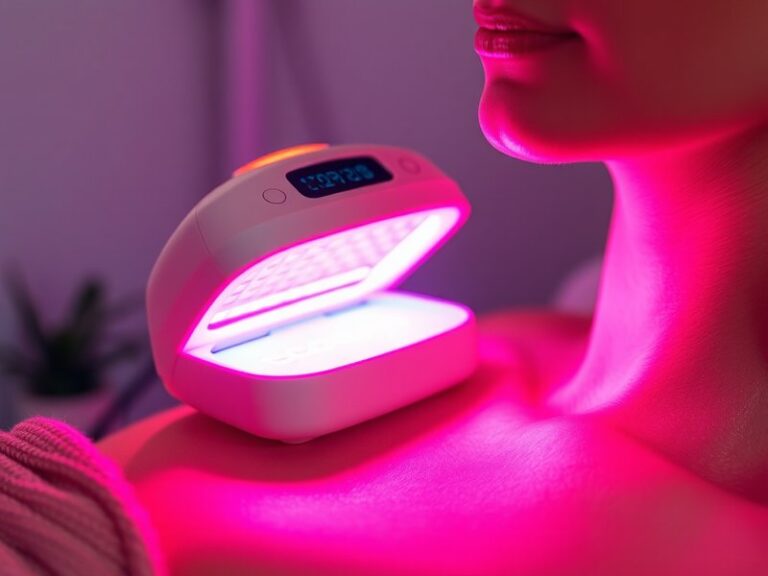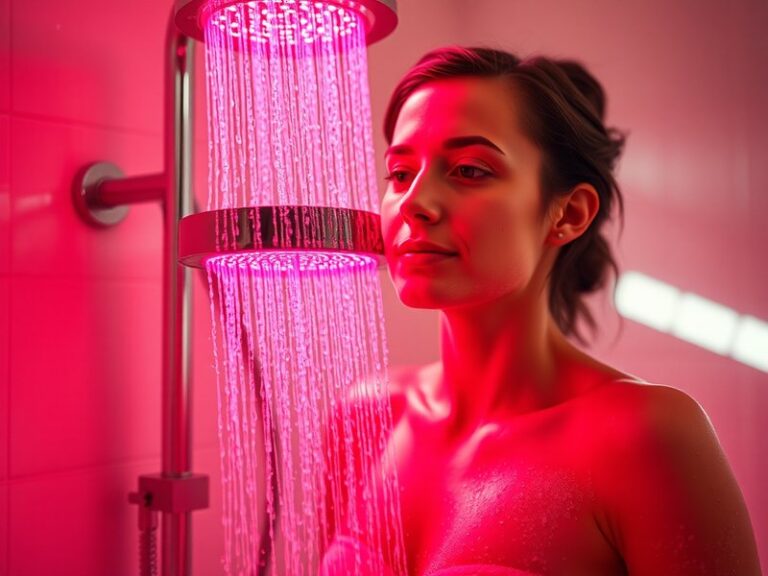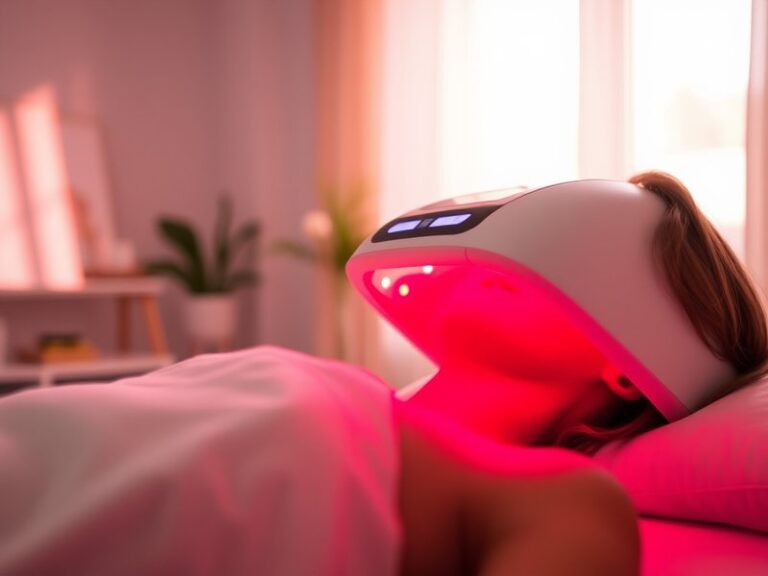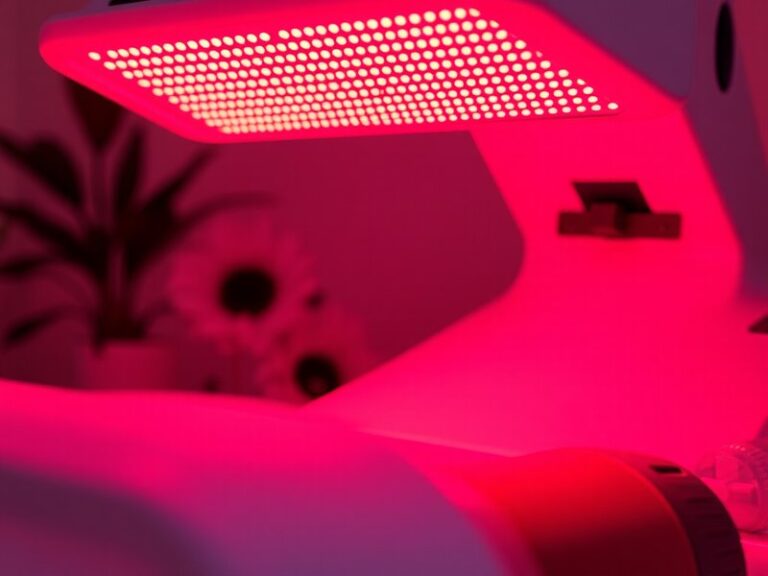Can You Use Any Red Light For Red Light Therapy?
Can You Use Any Red Light for Red Light Therapy?
Have you ever wondered if any red light can be used for red light therapy?
This article will explore the nuances of red light therapy, addressing whether all red lights are suitable for this treatment, the benefits of using the correct type of red light, and alternatives if you find traditional methods unsatisfying.
Key Takeaways
- Not all red lights are effective for red light therapy; specific wavelengths yield the best results.
- The benefits of red light therapy include improved skin health, reduced inflammation, and enhanced muscle recovery.
- Alternatives to traditional red light therapy exist, including different light therapies and holistic approaches.
What is Red Light Therapy?
Red light therapy (RLT) is a treatment that uses specific wavelengths of red and near-infrared light to promote healing, reduce inflammation, and enhance cellular performance. Typically delivered through LEDs, lasers, or other light sources, RLT penetrates the skin to stimulate various biological processes.
This therapy has gained popularity in both clinical and home settings for its non-invasive nature and wide-ranging benefits, making it an attractive option for many looking to improve their health and well-being.
Get the full rundown in Effectiveness of Red Light Therapy
The Science Behind RLT
RLT primarily utilizes light in the wavelength range of 600-900 nanometers, which is absorbed by the mitochondria in the body’s cells. This absorption triggers a cascade of biological responses that can lead to increased ATP production, enhanced cell signaling, and improved blood flow, all contributing to best outcomes in healing processes.
What are the Benefits of Red Light Therapy?
The following points will explore the numerous advantages of red light therapy.
Enhanced Skin Health
Red light therapy can improve skin texture, reduce wrinkles, and promote collagen production. Studies have shown that regular use can significantly enhance skin luminosity and elasticity, offering a natural alternative to invasive cosmetic procedures.
Get the whole scoop Cost of Red Light Therapy?
Reduced Inflammation
RLT has been shown to reduce inflammation in various tissues, making it beneficial for conditions such as arthritis or muscle soreness. Its anti-inflammatory properties can lead to faster recovery times from injuries and improved overall health.
Faster Muscle Recovery
Athletes and active individuals often use red light therapy to speed up muscle recovery after intense workouts. By promoting enhanced circulation and reducing inflammation, RLT can help alleviate soreness and enhance performance.
Pain Reduction and Management
Many users report decreased chronic pain conditions, such as back pain and joint disorders, thanks to RLT’s ability to alleviate discomfort through cellular regeneration and reduced inflammation.
Is it Possible to Use Any Red Light for Red Light Therapy?
While red light therapy can be highly beneficial, not all red lights are suitable for this purpose. The effectiveness of RLT depends on the wavelength and intensity of the light emitted.
What are the Advantages of Using Specific Red Lights?
Utilizing lights specifically designed for therapy offers several advantages.
Targeted Wavelengths
Therapeutic red light devices are calibrated to emit specific wavelengths known to penetrate tissues effectively. This ensures that users receive optimal benefits from the therapy.
Optimal Intensity Levels
Professional red light therapy devices provide consistent intensity, which is crucial for attaining desired therapeutic effects. Lower quality lights may deliver inadequate power or uneven coverage, reducing therapy effectiveness.
Safety Standards
Professional-grade red light therapy devices adhere to safety standards designed to minimize risks, such as skin burns or eye damage, that could come from using substandard lights.
Increased Versatility
Therapeutic devices often feature adjustable settings and usability across different contours of the body, allowing for targeted treatments.
What are the Things to Consider Before Using Red Light for Therapy?
Before diving into red light therapy, consider the following essential factors.
Wavelength Accuracy
Ensure the device being used falls within the recommended wavelength of 600-900 nanometers for maximum benefit.
Distance and Exposure Time
Different devices require specific distances from the skin and duration of exposure. Following guidelines for your device is vital for achieving desired outcomes without side effects.
Skin Sensitivity and Health Conditions
People with certain skin conditions, light sensitivity, or those on specific medications should consult with a healthcare professional before beginning red light therapy to avoid any adverse effects.
What are the Alternatives to Red Light Therapy?
If red light therapy isn’t viable for you, several alternative treatments exist.
Near-Infrared Therapy
Similar to red light therapy, near-infrared therapy penetrates deeper layers of tissue, enhancing cellular energy and tissue repair. Many devices offer combined red and near-infrared light options for added benefits.
Therapeutic Lasers
Low-level laser therapy (LLLT) can provide targeted healing effects similar to those of red light therapy, but with more precise applications. This method is widely used in clinical settings.
Cold Laser Therapy
Cold laser therapy offers a non-thermal approach to stimulate healing without increasing tissue temperature, helpful for pain relief and inflammation.
Conclusion: Is it Recommended to Use Any Red Light for Red Light Therapy?
In summary, while red light therapy offers numerous benefits, not just any red light will suffice. To achieve the best results, it’s crucial to use devices specifically designed for therapeutic purposes, ensuring correct wavelengths and intensities. For those curious about alternatives, several options exist that may provide similar healing properties.
Frequently Asked Questions
Can I use regular LED lights for red light therapy?
While regular LEDs can emit red light, they often lack the specific wavelengths and intensity required for effective therapy. Utilizing a designated red light therapy device is recommended for optimal results.
Is red light therapy safe for everyone?
Red light therapy is generally considered safe for most individuals, but those with certain health concerns or conditions should consult a healthcare professional prior to use.
How often should I use red light therapy?
Usage can vary depending on individual goals and device type, but most users see benefits with 3-5 sessions per week. Always follow your device’s recommendations.
Are at-home red light therapy devices effective?
Yes, many at-home devices are effective, but ensure you choose one that fits the therapeutic criteria of wavelength and intensity for desired results.

